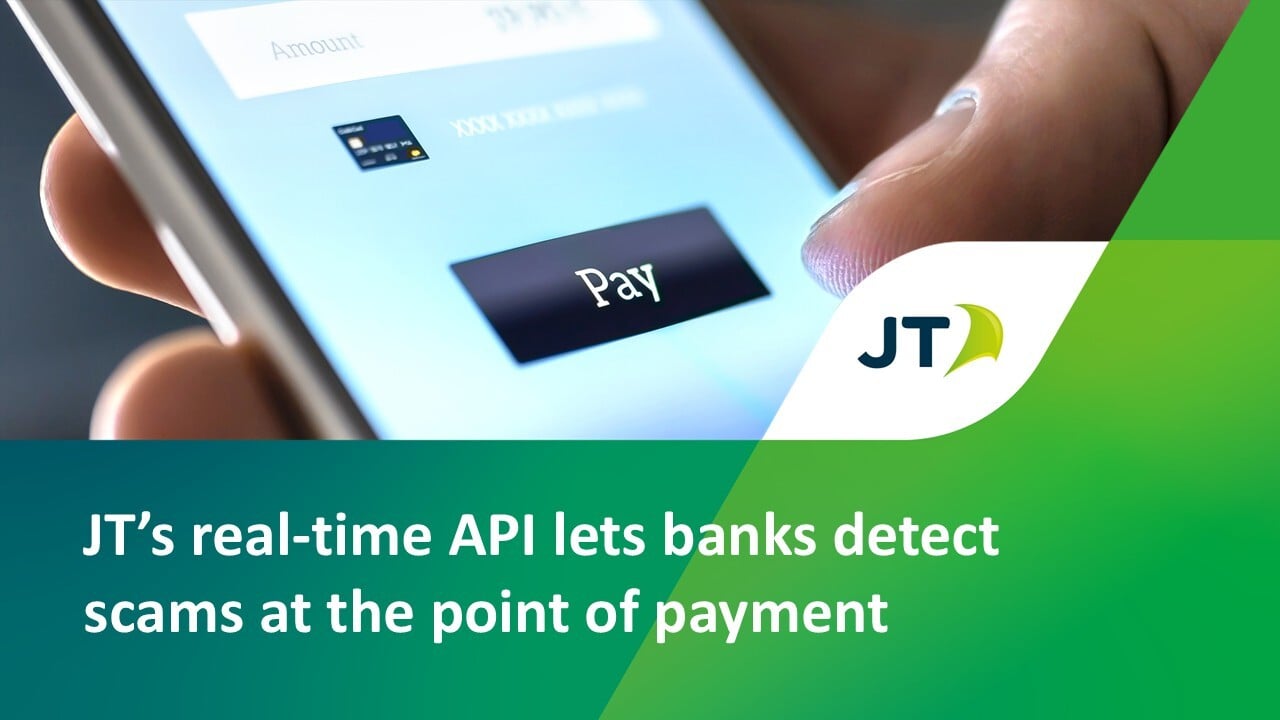Phone-based APP fraud exposed

Authorised Push Payment (APP) fraud is a serious concern for customers and financial institutions around the globe. It is now the biggest financial scam in the UK and continues to grow at an alarming pace.
Payment service providers are now under immense pressure to help customers affected by fraud losses, with the Payment Systems Regulator (PSR) recently declaring banks need to compensate victims of APP fraud from Faster Payments and CHAPS transactions. While larger financial institutes may be able to handle this new requirement, challenger banks and fintechs are likely to struggle. So, it’s important to understand and prevent APP fraud before it happens.
In this post, we will look at how APP fraud, especially phone-based fraud, has become so damaging and highly effective, as well as what financial institutions can do to prevent it.
The impact of phone-based APP fraud
APP fraud sees criminals posing as trustworthy entities, such as a bank or government agency, to trick someone into willingly transferring funds. This is difficult to combat as payments are technically authorised by the victim, and they may not realise they have been a victim of fraud until it’s too late.In the last few years, phone-based APP scams have accounted for a disproportionately high percentage of the money lost to these types of scams versus other methods.
While APP fraud happens across all channels from email and SMS scams to fake websites, phone-based scams where criminals impersonate trusted individuals to coerce victims into making fraudulent payments is disproportionately high. In 2023, while phone-based scams made up just 16% of cases, they accounted for 43% of the total value lost.
APP fraud is becoming increasingly sophisticated thanks to new technology with scammers able to mask and clone phone numbers and alter caller IDs so victims have no reason to be suspicious. In some cases, fraudsters are also using AI to clone voices to trick their victim into thinking they’re speaking to someone they know.
Phone-based APP scam examples
Here are examples of just two of the most commonly perpetrated phone-based authorised push payment scams. In each example, fraudsters leverage urgency, fear, and pressure to extort their victims. At the end of the scam, victims are left wondering how to get their money back and if their bank will help them.
Bank/financial institution
You get a call from someone claiming to work at your bank. Usually, the caller will say that your account has been compromised and that you need to move your money to a ‘safe’ account to protect it. The scammer will often read out a number of fake transactions, asking if you recognise any of them - you don’t.
You’re now sure that someone has gained access to your account and is spending your money. The caller then pressures you to stay on the line until you have completed the transaction, stressing the importance of moving your money to the account they’ve provided. Before you think to double-check what they’ve said, you’ve transferred thousands of pounds into a criminal’s account.
Tax office
You receive a call from someone claiming they’re from the tax office. They say you owe a certain amount in taxes, and that if you don’t pay immediately you could be facing the risk of further charges, or legal action.
You were sure your taxes were taken care of this year, but the person on the phone sounds so official and seems to know all your personal details. If the government is asking you to pay, they must be right. So you pay the ‘tax fee’ they’re asking for.
Why phone-based scams are so effective
So why do people fall for these scams? A lot of it has to do with the delivery method - via our phones.
While technology has helped criminals to engineer scams that have become more difficult to spot, it’s the psychological aspects that makes phone-based APP fraud so effective. Here’s how it works:
- Scammers play on their victim’s sense of trust by posing as a real entity.
- They create a sense of urgency by leading the victim to believe there are real consequences involved in not complying with their demands, such as further financial loss or perhaps the risk of legal proceedings.
- The scammer doubles down on this by stressing timelines or pressuring the victim into immediate action while still on the phone.
- This all creates stress and panic that pushes the victim to transfer money and make payments before they have the chance to realise they’re being scammed.
How banks and payment services providers can help prevent phone-based APP scams
Mandatory Reimbursement regulations now mean banks must work harder to prevent these kinds of scams from happening.
Banks and financial institutions can protect customers by:
- Introducing robust customer authentication protocols to ensure they can’t easily fall victim to fraudulent fast money transfers.
- Monitoring transactions to check for unusual activity such as large transfers, many transfers in a short time period, and unusual payments based on previous activity.
- Working with telecom companies to integrate telecom intelligence data as part of fraud protection processes enables the opportunity to spot fraud in real-time.
JT Scam Signal is the first collaboration between the financial services and telecoms sectors focussed on APP fraud. Currently it is being used by four of the UK’s leading high street banks with data showing that it’s increased fraud detection rates by up to 30%.
To find out more read our latest eBook about APP fraud.
Complete the form below to arrange a meeting with one of APP fraud specialists:
Categories


